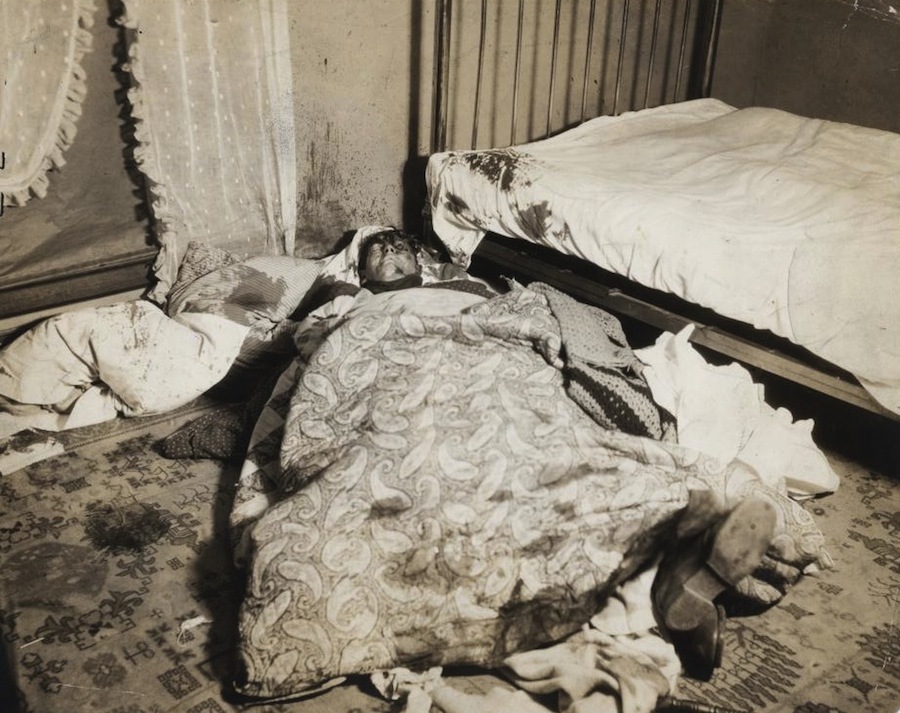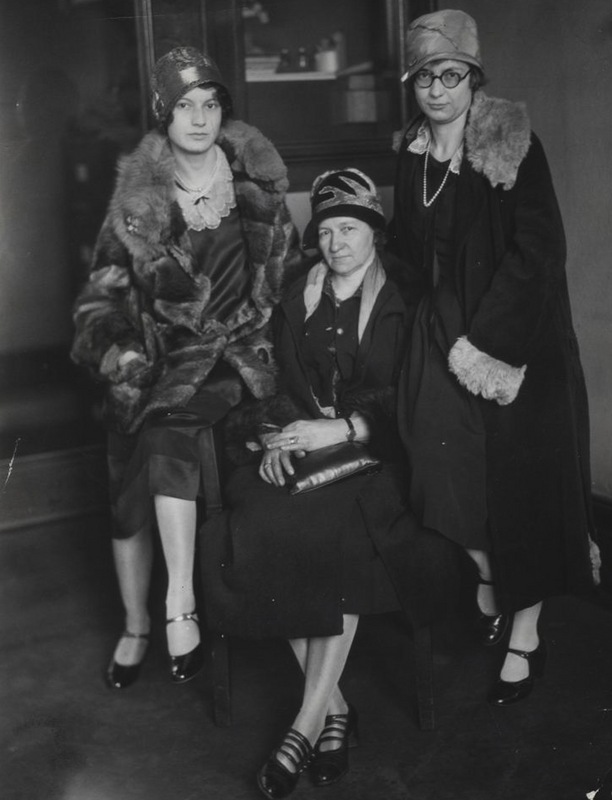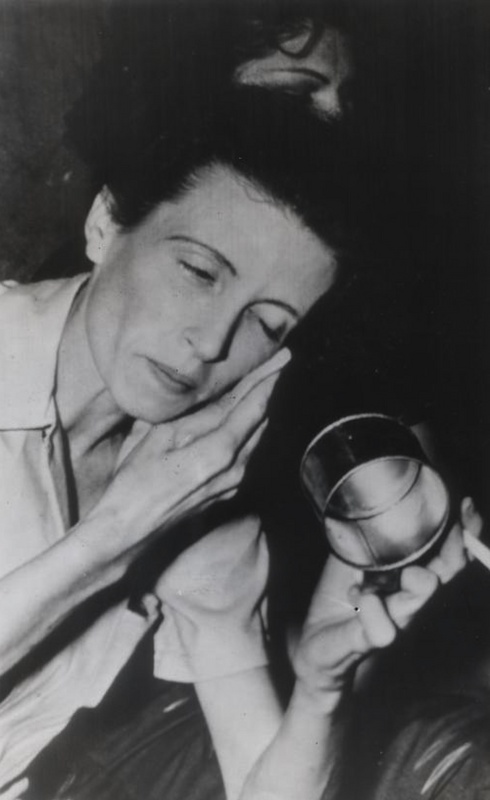
While gangsters, bootleggers and gamblers were among the cast of interesting characters drawn to the bustling Gordon Square business district during its heyday, the historic Four Corners intersection also has ties to one of the most infamous murderers of the 1920s.
On December 7, 1927, Velma West and her mother Catherine Van Woert spent the day Christmas shopping in downtown Cleveland. Upon their return to Catherine's home in East Cleveland, they were met by the local police and Lake County sheriff. West was taken into custody and transported to the Lake County jail for questioning in the murder of Thomas Edward West. After three hours of interrogation, Velma West admitted to the murder of her husband. Local papers quickly picked up on the sensational story of a 21 year old, cigarette-smoking city-girl that beat her husband to death with a claw hammer.
Hailing from East Cleveland, young Velma Van Woert was employed at Rothman Variety on the corner of West 65th Street and Detroit Avenue at the age of 19. She worked there for about a year before being fired. During this time, she had agreed to marry the 56 year old owner of a nearby restaurant where she regularly spent her lunch breaks. Just weeks before the planned wedding, Velma met Thomas Edward West. She broke off her engagement and married the farmer in 1926, moving to his home in the small, rural community of Perry, Ohio. The following year, Thomas was found murdered; the young flapper accused of the crime quickly captured the city's attention.
Velma West's story was intriguing. Her childish persona did not match the callousness of the crime. She was spoiled, prone to extreme mood swing, in fragile mental and physical health, and inclined to faint in public. West also embodied for many readers the strangeness and excesses of city life. Descriptions of her short hair, choice of clothes, cigarette smoking, biting tongue, and care-free attitude were presented as clues to the underlying causes of Velma's violent outburst.
The mystery surrounding this case was not if West killed her husband, but what led the young woman to commit such an unspeakable act. New angles to the drama were regularly presented in local papers, including physical abuse, a "strange" love for her girlfriend, and insanity. West quickly became a Cleveland celebrity. Reporters fixated on her fashion choices, newspapers were condemned for their sympathetic treatment of an accused murderer, and a local theater even offered the young woman a leading role upon her release.
On March 5, 1928, Velma West pleaded guilty to the second degree murder of her husband. The crime never went to trial. She was sentenced to life in prison, and transported to the Woman's Reformatory at Marysville.
Images





